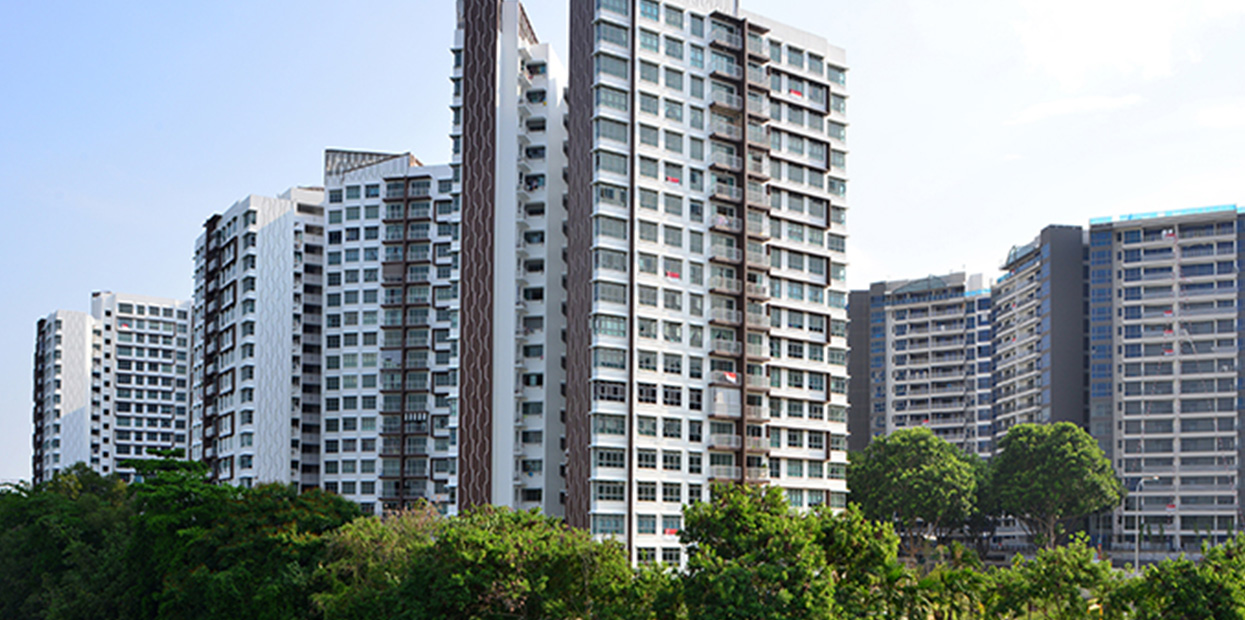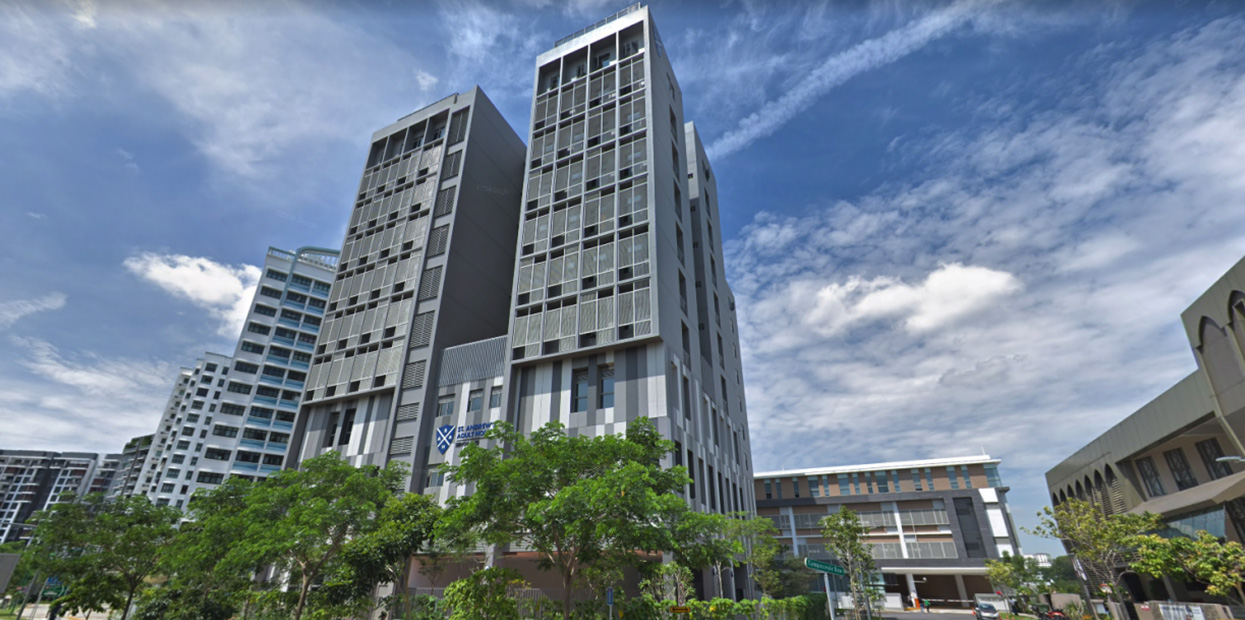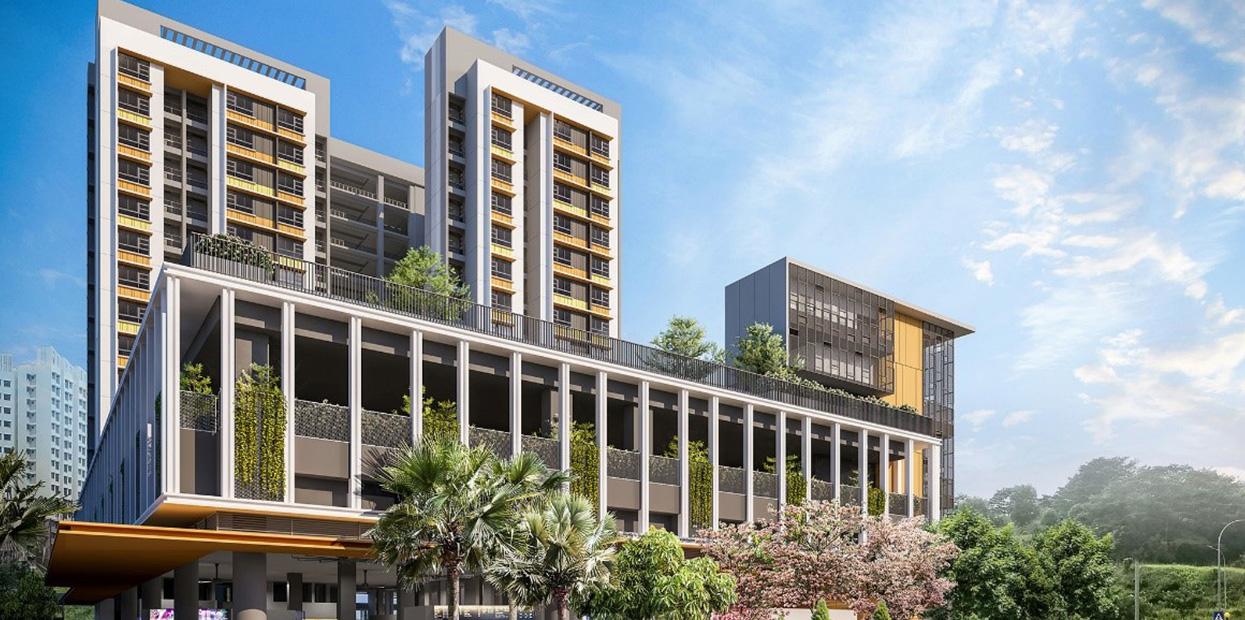- Urban Land Institute Arizona, Southwest Autism Research & Resource Center and Arizona State University, 2009
- Wong Kai Yi, “Singapore's third assisted-living facility opens” The Straits Times (Singapore), 15 March 2020.
- Reid, Dennis H., and Marsha B. Parsons, Quality activities in center-based programs for adults with autism: Moving from nonmeaningful to meaningful, Academic Press, 2016.
- Center for Autism Research website (accessed 9 March 2020)
- Ministry of National Development website (accessed 11 Dec 2020)
Introduction
The societal costs of providing housing and caring for those on the spectrum over their lifetimes can be reduced if the right lifelong living and learning opportunities are available.[1]
As there is no single protype of residential living that works best for all adults on the spectrum, the optimal approach is to have a wide range of residential options available within communities, and to work with individuals to determine which option would best meet their needs.
This approach is not new – over the years we have seen the same developments in the eldercare sector in Singapore. In the past, there were few options for the elderly: they lived in nursing homes, in the homes of their adult children, or on their own. Today, there are more living options for this group of people, such as specialised residential developments for seniors, multi-generational developments (e.g., HDB 3Gen flats), shared living arrangements, home nursing programmes, and assisted living facilities (e.g., St Bernadette Lifestyle Village group[2]), among others.

Likewise, adults on the spectrum require a continuum of residential living options, especially given their diverse profiles. That being said, it is important that any present or future living options are still embedded within typical communities and experiences – research has shown that the quality of life for people with developmental disabilities increases when they are included in their communities, versus being segregated from society at large.[3]
In addition, in developing such a continuum, it is important to ensure that the living arrangements are always autism-friendly. Considerations should include not only structured and predictable routines; but also, adequate space for each person (many persons with autism are known to be averse to crowded situations), the presence of environmental accommodations such as provisions to reduce noise and presence of calm rooms, and the availability of internal and community facilities that add to the quality of life of persons with autism.
Current Situation
| Summary of Current Situation | |
|---|---|
| Current Provisions | Gaps |
|
|
In Singapore, most adults on the spectrum continue to live with their ageing parents in the family home. In a small-scale informal survey on residential living conducted by ARC(S) with those on the spectrum and their caregivers, 100% of the adults on the spectrum (34 individuals) indicated that they are still living with their families. This finding corresponded to the responses given by the caregivers – 98% of the caregiver respondents (181 caregivers) indicated that their adult children on the spectrum (i.e., above 21 years of age) are still living with them.
At present, there are 2 Adult Disability Homes that serve adults with a primary diagnosis of autism:
- St. Andrew’s Adult Home (Sengkang)
- THK Home for Disabled @ Sembawang
Opened in April 2019, St. Andrew’s Adult Home (Sengkang) is the first residential facility in Singapore that caters for adults on the spectrum. It is a joint initiative between the Ministry of Social and Family Development (MSF) and St. Andrew’s Autism Centre (SAAC). The Home provides long-term respite and residential services for persons on the spectrum in an autism-friendly environment. There is also 24/7 care, which means that there is always staff present in the Home to support the residents around the clock. Such a residential model primarily caters to those who have high support needs. As of end-2020, St. Andrew’s Adult Home has 21 residents on the spectrum.

The THK Home for Disabled @ Sembawang also serves adults on the spectrum, albeit on a smaller scale – 20% of its 180 residential spots are reserved for those on the spectrum. The remaining capacity is targeted at persons with intellectual disabilities who require long-term residential services. Like St. Andrew’s Adult Home (Sengkang), THK Home also provides 24/7 care. This residential model is suitable for adults on the spectrum who have co-morbid diagnoses of intellectual disability and autism (note: 30%–40% of individuals on the spectrum also have intellectual disabilities[4]) with high support needs. As of end-2020, THK Home for Disabled @ Sembawang has approximately 54 residents on the spectrum
Some adults on the spectrum live at other Adult Disability Homes, Community Group Homes and Adult Disability Hostels in Singapore. However, these institutions cater primarily to persons with intellectual or physical disabilities. As such, they may not meet the needs of their residents on the spectrum.
As can be seen, the range of residential living options in Singapore for adults on the spectrum is quite limited.
Those on the spectrum have just two choices: either remain in their family homes with their ageing parents, siblings, and/or other relatives, or move into one of the two Adult Disability Homes. Moreover, it should be noted that both St Andrew’s and THK have residential models targeting similar profile groups, and that they have limits in terms of their capacity.
Furthermore, it does not help that government funding allocated for residential living services catering to persons on the spectrum with moderate-to-high support needs is inadequate. Such services are estimated to cost approximately $5,600 per individual per month (as of Dec 2020), which government funding at the current level is not able to support. The funding issue has several consequences:
- agencies face difficulties in providing quality autism support, especially for those with higher support needs,
- renders the current models unsustainable, and
- poses difficulties in scaling up these models to meet the needs of the growing numbers of individuals on the spectrum in Singapore.
Recommendations
The following is the recommendation for this high priority area.
There is an urgent need to widen the range of residential living options to meet the diverse profiles of persons on the spectrum.
On one hand, living with one’s family, as a long-term residential arrangement, may not be feasible for everyone: as parents get older, their ability to care for their adult child on the spectrum will necessarily decrease; as for siblings and/or other relatives, they have their own lives and may not have the physical or financial capacity to care for an adult on the spectrum.
On the other hand, moving into an Adult Disability Home would not be the right fit for many individuals on the spectrum with relatively low support needs as they do not require round-the-clock care. This group of individuals can likely take care of their own daily needs but may not have the full set of independent living skills required to maintain a home by themselves.
As such, besides the individuals who fall on the two extreme ends of the spectrum (i.e., those who can live independently, and those who have high support needs and require institutional care), everyone in between would require alternative residential living options.
Within the full range of residential living options, each residential arrangement must take into consideration a funding model that is realistic and sustainable.
This stems from the current experience of the setting up and operating of the first autism-specific residential home by St Andrew's Autism Centre.
There should also be some level of flexibility within each residential model to allow for responsiveness to changing needs and the diversity of profiles of those on the spectrum, as well as to facilitate transitions between residential arrangements when required.
ARC(S) has initiated a project with the goal of developing alternative residential models. The continuum of residential models explored includes independent living with regular support services, small group homes modelled after those operated by government-supported senior activity centres, and clusters of public HDB/private apartments distributed in a neighbourhood, etc. Where possible, recommended models should leverage and tap on residential models already operating in the mainstream setting.
The models must take into account:
- Level of family support
- Family’s financial ability
- Ability and support needs of the person on the spectrum
To inform work on this project, the team at ARC(S) has visited Apex Harmony Lodge, AWWA’s Senior Community Group Home, Peace-Connect Cluster Operator’s Senior Group Homes, Touch Ubi Hostel, and St. Andrew’s Adult Home to better understand the residential living landscape in Singapore.
In December 2020, the Ministry of National Development (MND) announced that Singapore’s first assisted living flats for seniors aged 65 and above will be launched in February 2021. These flats, which are termed “Community Care Apartments” will be senior-friendly and will also feature care services that can be scaled according to each senior’s level of support needs.[5] Subscribing to a basic service package is mandatory; it includes the service of a community manager who will ensure 24-hour emergency response, activities at communal spaces, basic health checks, etc. Other optional care services are available at additional cost, such as housekeeping, meal delivery, and laundry.

With appropriate modifications, such a residential model would also be suitable for some adults on the spectrum. Examining how this pilot scheme can be extended to persons with disabilities, including those on the spectrum, is recommended.